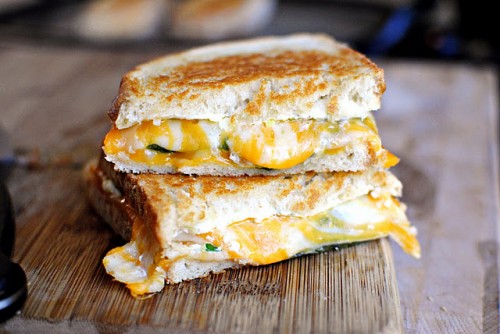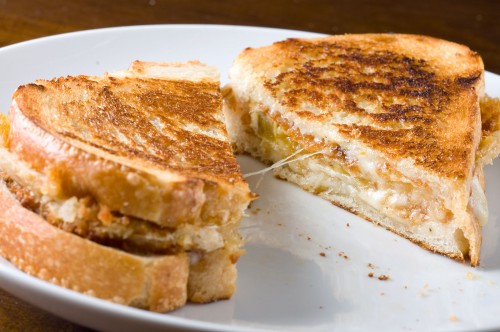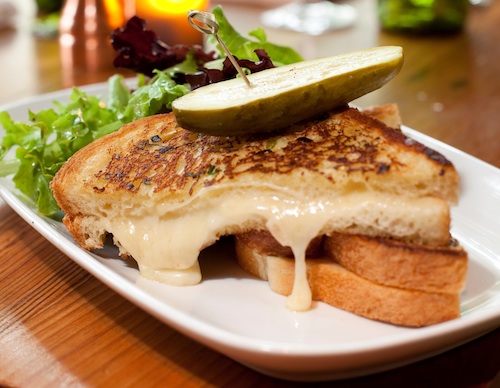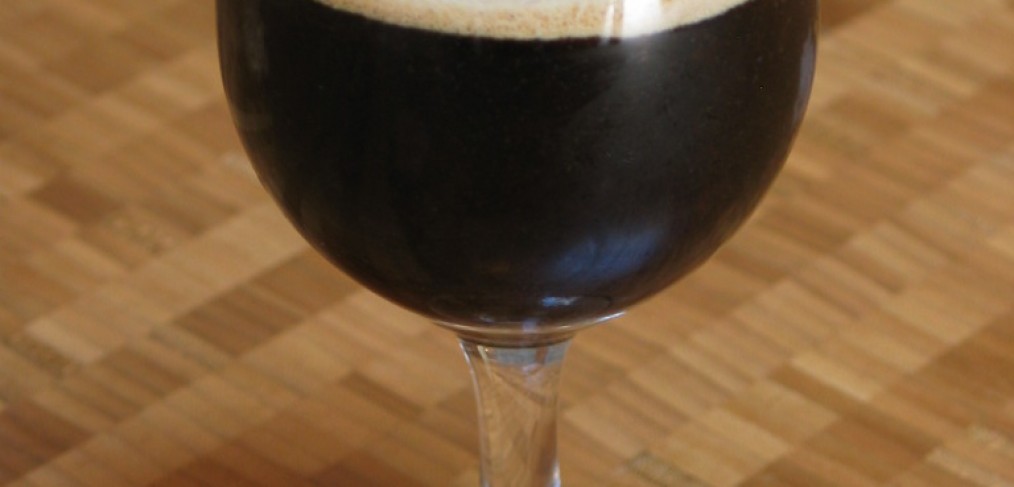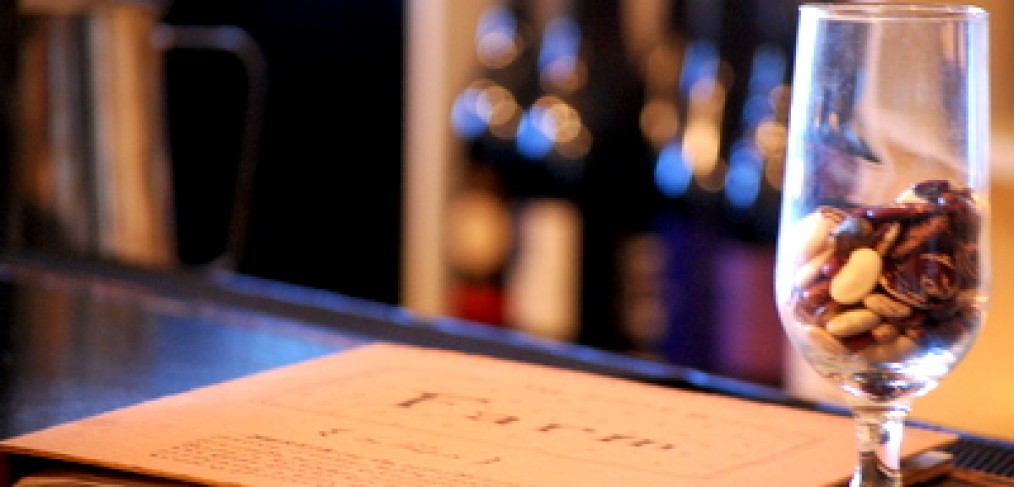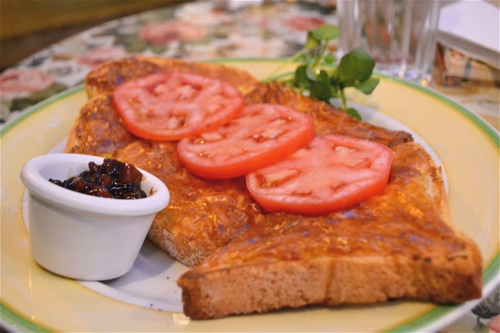Another year gone by, another chance to look back fondly at the thousands of things we stuffed our faces with in 2011. After much internal debate, we’ve narrowed it down to just 10 — the very best new things we shoved in our mouths in 2011.
10. Tater Tot Poutine

Montreal’s greasiest, gravy-iest contribution to the food world, poutine officially became a trend back in 2010. It got even more amazing this year when chef Kyle Bailey of D.C.’s ChurchKey had the ingenious idea to replace the french fries with tater tots.
9. Kouign Amann

We first discovered this over-the-top traditional pastry, which is something like a croissant with twice as much butter and sugar, on a trip to Brittany, France this summer. Returning home, we were pleased to find it blowing up in the states. The best version we’ve tasted to far is the one above, from Starter Bakery in Oakland. It has also popped up at Dominique Ansel in New York and Bouchon Bakery in L.A.
8. Nouveau Filipino

Filipino food is among the most far-out in the world, so it was only a matter of time before it got a hipster update. From Adobo Hobo’s Filipino tacos in San Francisco to Maharlika’s spicy arroz caldo in New York (above), we’ll take all the creative Filipino cuisine we can get.
Read More›


